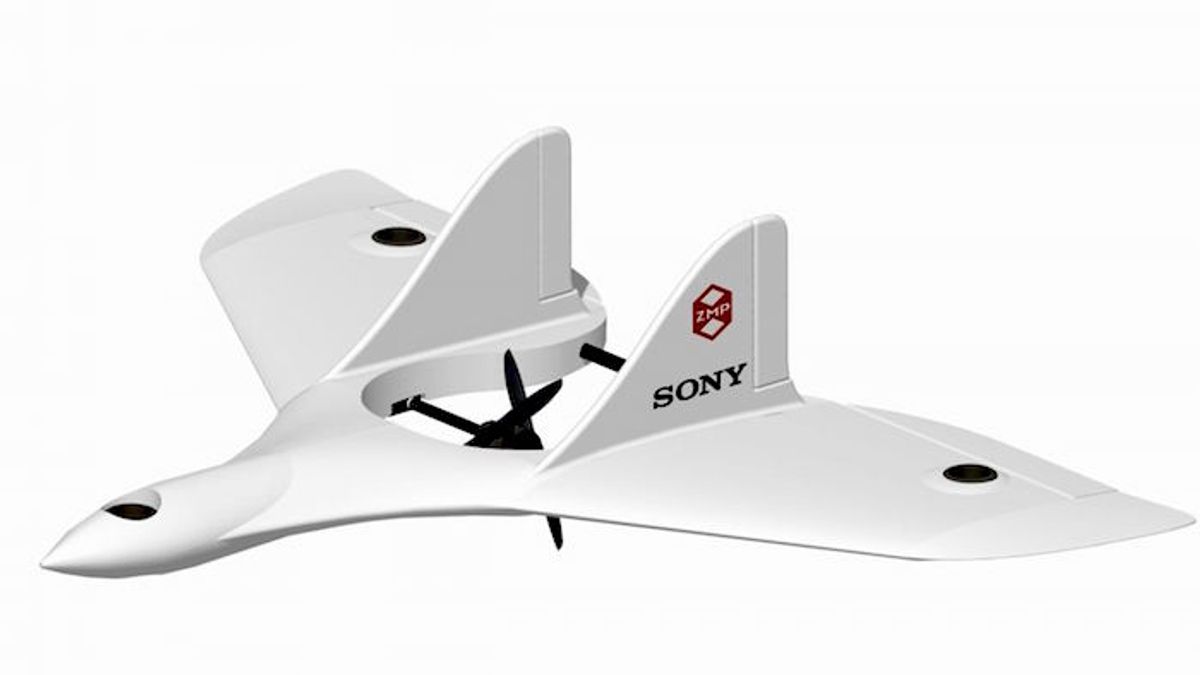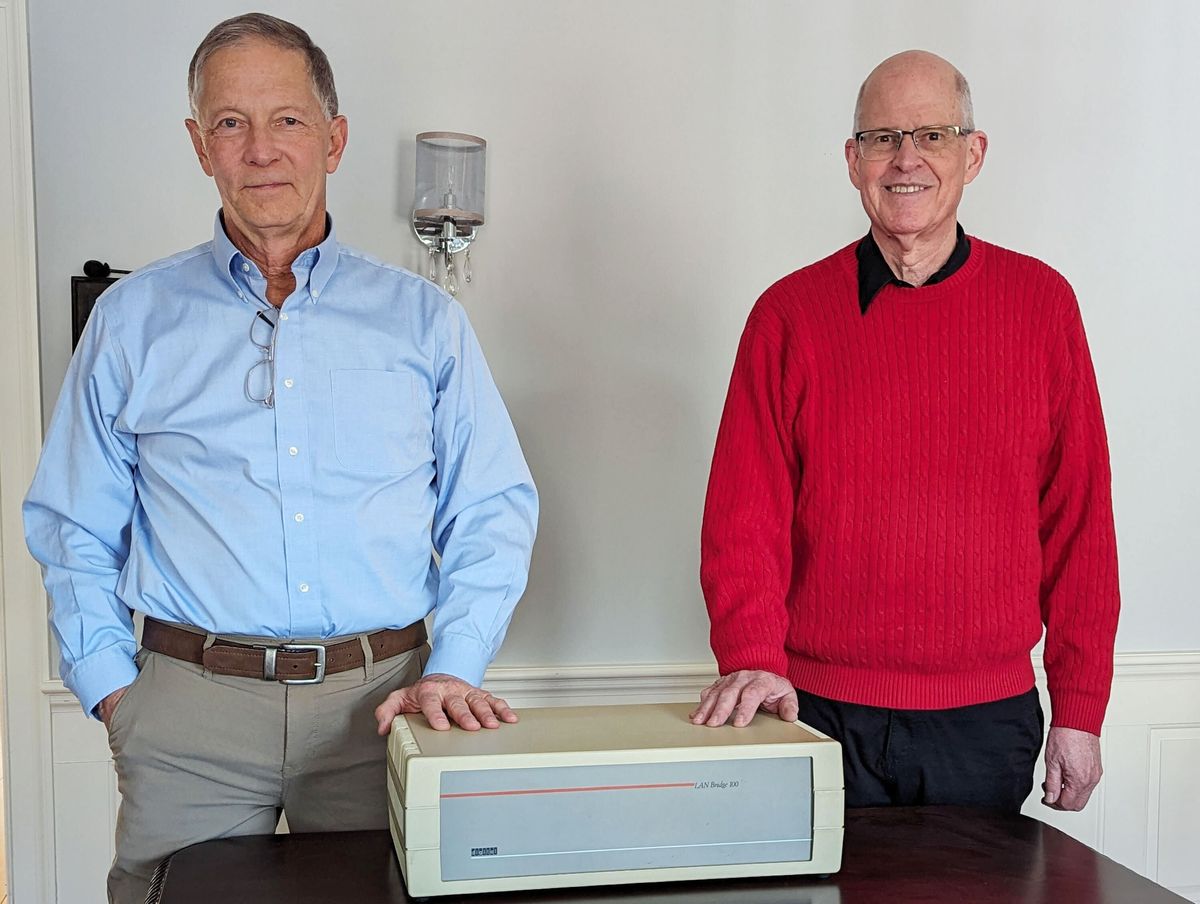Last month, Sony Mobile announced a partnership with ZMP to build drones. Or rather, “to collaborate on the development and launch of enterprise solutions using autonomous unmanned aerial vehicles for image capture combined with cloud-based data processing.”
Okay then.
To me, this kind of sounds like Sony mostly just not wanting to be left out of this whole drone thing that everybody seems to be so excited about, so they figure they’d better come up with some drones that can, you know, do some… stuff (they mentioned “solutions that meet needs including measuring, surveying, observing, and inspecting”). Having said that, if Sony can develop a reliable and streamlined real-time cloud interface for drones, that would be pretty cool.
The partnership between Sony and ZMP is called Aerosense, and yesterday, they released a flight test video of their new fixed-wing VTOL drone.
The drone should be able to fly at a maximum speed of 170 kilometers per hour for about two hours while carring a 10-kilogram payload. Those are pretty decent specs, thanks to a design that can lift off vertically while still relying on wings to generate lift for efficient horizontal flight.
Fundamentally, Aerosense’s UAV (with wings and a single swiveling engine that’s used for lift and forward thrust) is a design that we’ve seen in several different places before. In 2009, Aurora Flight Sciences was flight testing a large, jet-powered VTOL UAV called Excalibur with a swiveling central nacelle and three stowable lift fans:
Here’s a video of a test flight; this is from six years ago, and we haven’t seen much in the way of progress since.
Going back even farther, a guy named Tom Hunt had a swiveling nacelle UAV called Vertigo that graced the cover of the August 1994 edition of Model Airplane News. Here’s someone flying a version of one in 2008:
So what’s the advantage of this kind of design over other fixed-wing VTOL drones? Honestly, I’m not sure. If we compare it to other production or near production platforms that use wings to generate lift in level flight, we’ve got the Arcturus Jump UAV:
and Aerovel’s Flexrotor:
I’m sure there are more, but off the top of my head, these are the ones I can think of that aren’t just prototypes or research projects. My guess would be that Aerosense’s UAV is optimized for payload in a way that these other fixed-wing VTOLs aren’t. Like the Excalibur, it’s got a roomy hull that keeps a constant orientation with respect to the ground, and since its primary engine is used for both horizontal thrust and vertical lift, it’s more able to take off with a significant payload.
It’s hard to predict how well Aerosense is going to compete with established UAVs that offer similar capabilities. The VTOL aspect is certainly convenient, but it may or may not ultimately be worth the extra mechanical complexity for most customers. If Sony is going to make a play here, their best bet is to focus on flawlessly useful cloud software: a UAV that can stream imagery to the cloud, process it, and then send back valuable data all in real-time seems like a potentially very exciting capability.
Evan Ackerman is a senior editor at IEEE Spectrum. Since 2007, he has written over 6,000 articles on robotics and technology. He has a degree in Martian geology and is excellent at playing bagpipes.



